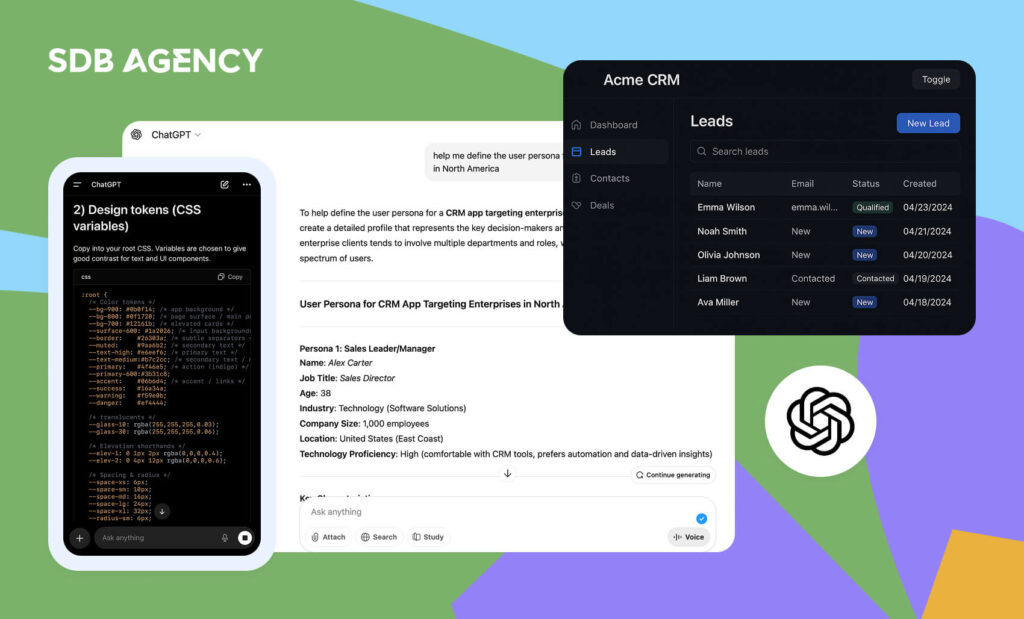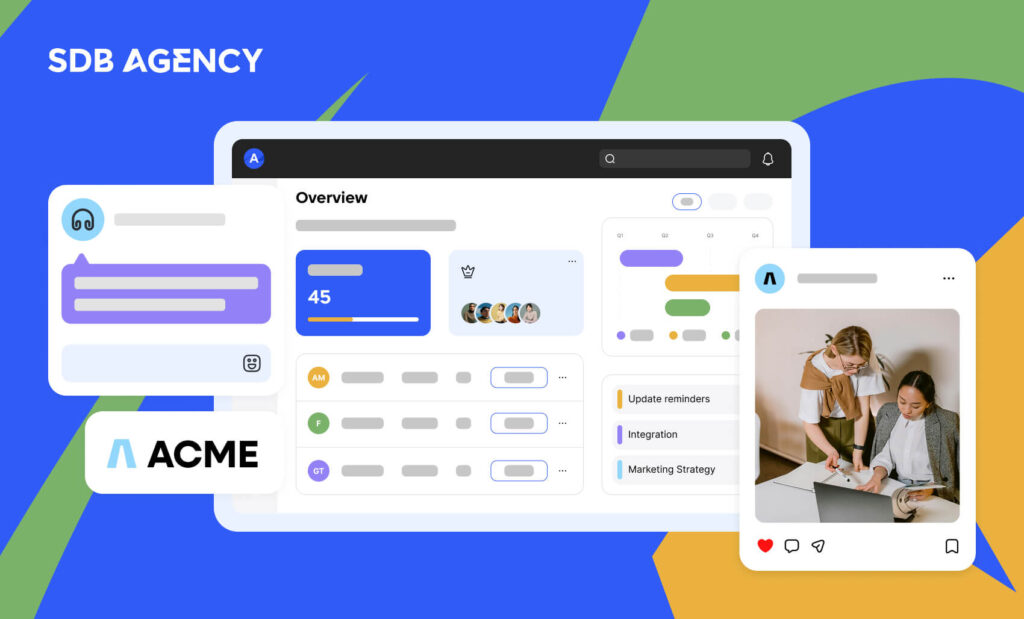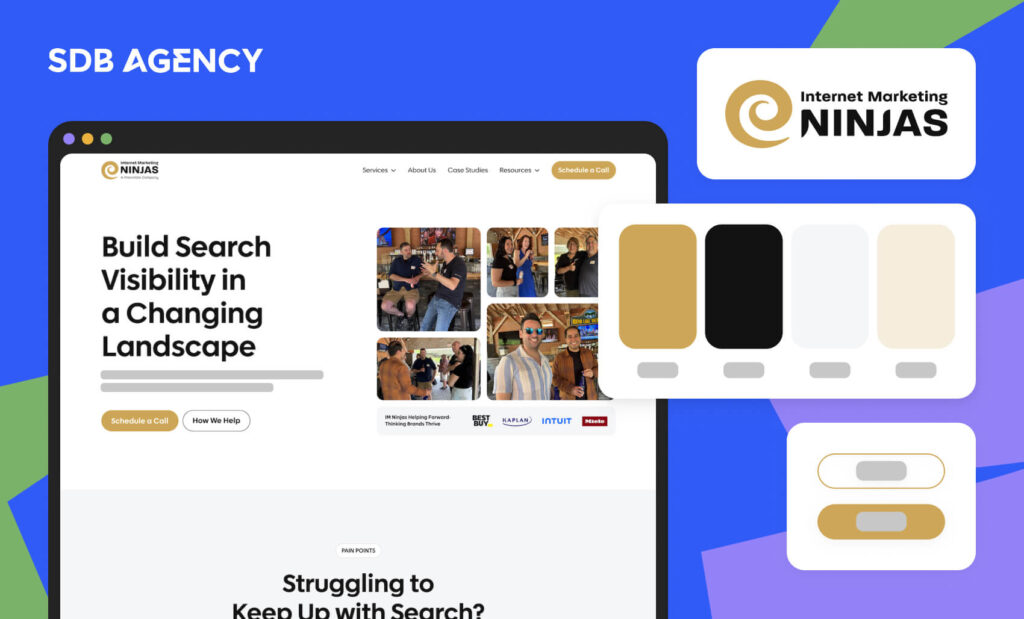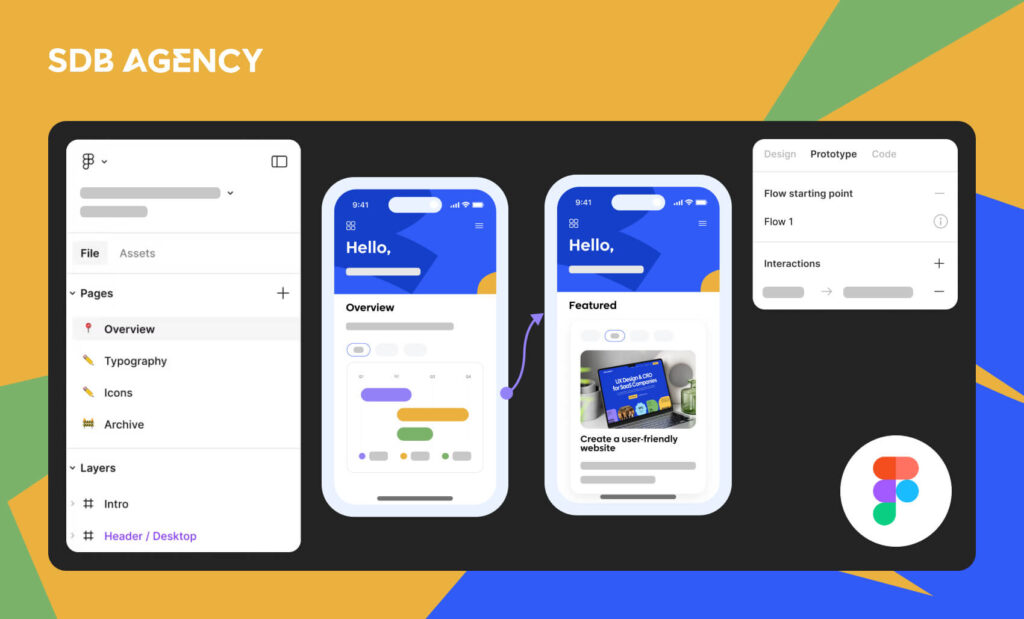A/B Testing for Conversion Optimization: A Comprehensive Guide for Beginners
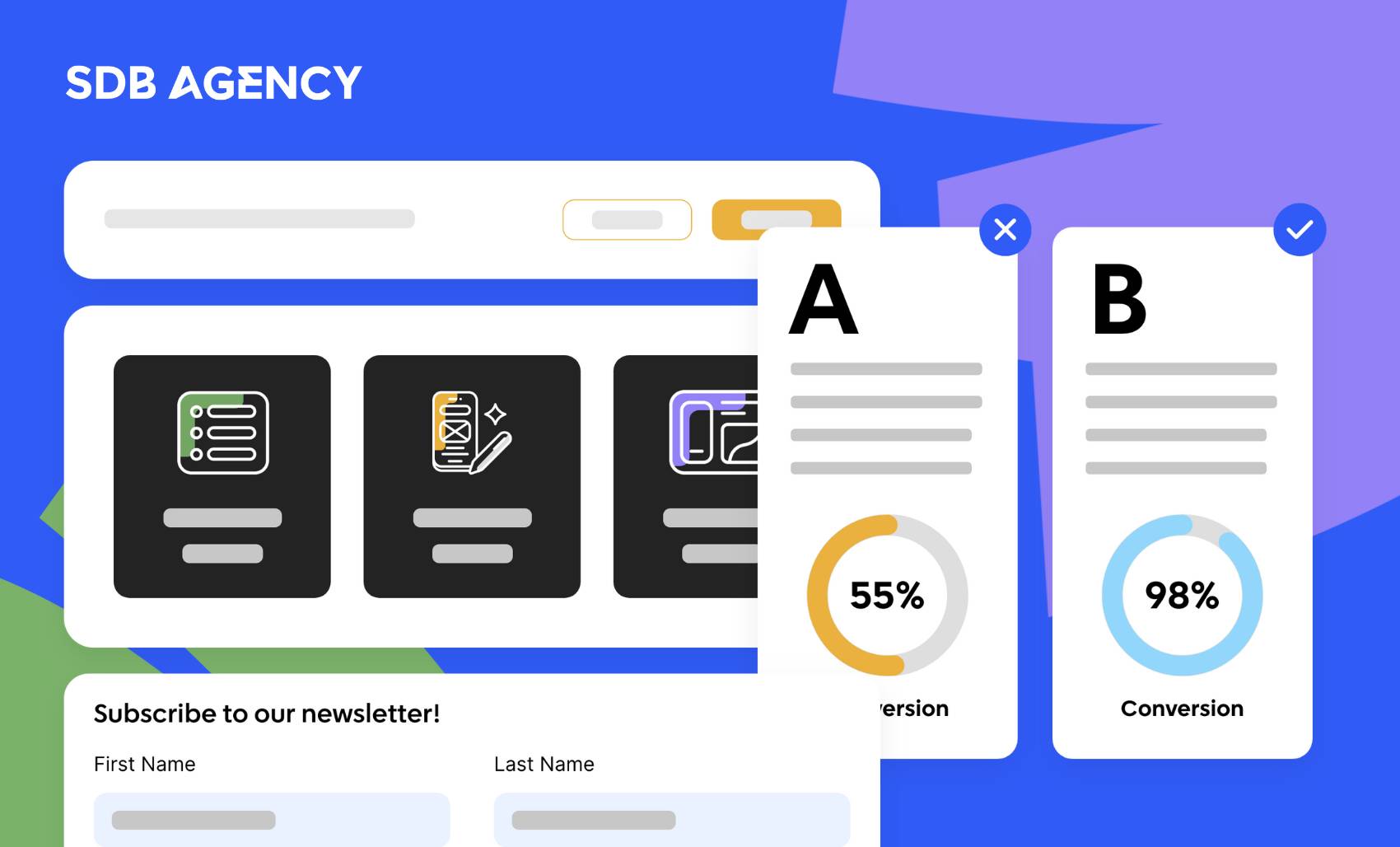
Key takeaways
- Simply launching a website isn’t enough—A/B testing helps identify what design and content elements actually convert visitors into customers.
- Testing even minor elements like button colors, CTA text, or form layout can uncover surprising preferences that significantly boost performance.
- Test one element at a time—like headline copy or button placement—to isolate what drives the changes in user behavior and ensure accurate results.
When building a website, you might initially think that organizing a few pages, including text and images, and adding links and buttons that lead to your contact information should be enough. Pretty simple, right?
It turns out that it’s not that easy. Creating a website that generates leads and brings in new customers is an ongoing process. To make a conversion optimized site, you’ll need to figure out what your potential customers respond to best. This is where A/B comes in, and if you’re still unfamiliar with the term, you’ve come to the right place.
Intro to A/B testing
A/B testing has the potential to improve your site’s conversions, which significantly helps your business. However, many companies and marketing managers still don’t know much about it. And if you’re one of them, let’s start by looking at what A/B testing is and how it works.
How does A/B testing work?
If you remember your lab sessions from high School, some experiments consist of a “control” group and a “test” group. The control group remained the same throughout the experiment, while the test group was exposed to something to show results.
A/B testing also consists of control and test groups. The difference is that your website will be tested, and the control and test groups are your users. If you want to test a specific element on your site (such as a button or form), the element would be shown to a control group with the label “A.” Then, a new version of the element is shown to the test group with a “B” label.
At the end of the test, you’ll need to compare the results to see which group of visitors reacted to the specific element. If group A had a better reaction, then there’s nothing wrong with the element, and it should remain as it is. However, if group B had a better reaction, there needs to be some kind of change.
Why should you do A/B testing?
No website is perfect (and it will never be) – there’s always room for improvement. Even if you know your audience well, it’s impossible to predict what they will respond to better without testing.
For example, you may assume that your customers prefer responding to a green button, only to discover that a red button works better. Or perhaps you think placing your copy on the side of the page will increase conversions when the best place to put it is beneath the photos.
Without A/B testing, you’ll never know the small things that cost your conversions. By running multiple tests, you’ll unlock your website’s hidden earning potential, increasing conversions.
What should you test?
As previously mentioned, A/B testing mostly focuses on elements that affect your site’s conversions. This is why A/B testing is considered a large aspect of conversion rate optimization (CRO) – the practice of improving a site for more conversions.
However, we don’t simply mean changing the color and size of your “Buy Now” button. So, let’s explore your site’s essential elements worth testing.
1. Buttons
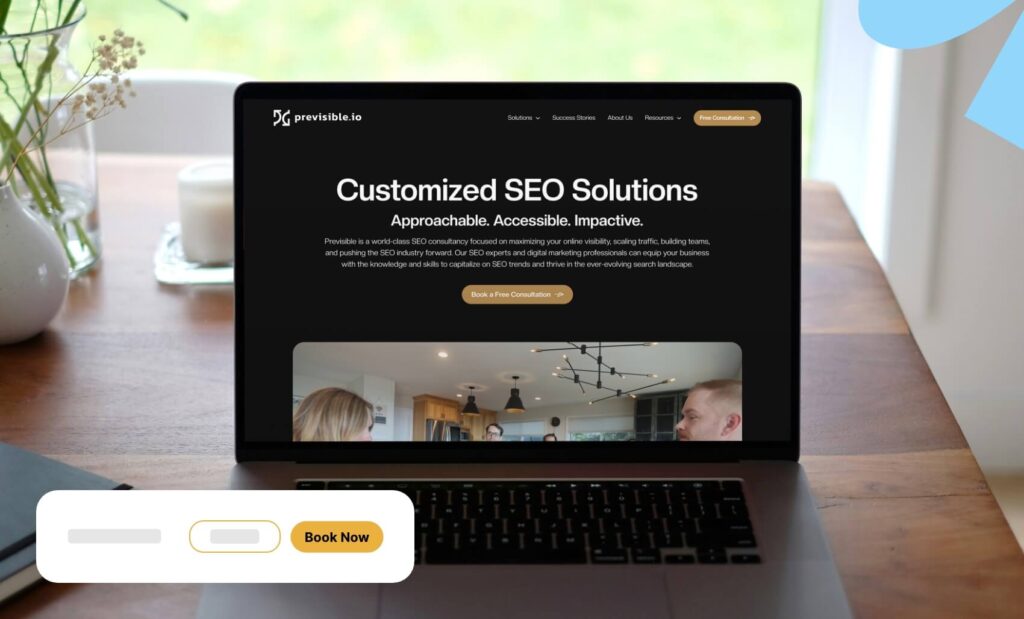
Buttons are an easy testing element you can start with. If you’re using them anywhere on your site, try changing the buttons’ color, size, and shape and see if your users respond differently.
Indeed, switching the color of your “Buy Now” button may not offer a noticeable effect on conversions, but other tests have shown that color greatly impacts visitors’ decision to click. A detailed test from HubSpot shows that red buttons outperform the conversions of green ones by 21%!
Learn More” to “Get Started,” could lead to higher engagement rates. It’s not just the design elements that matter, but also the language you use. Testing different phrases and calls to action allows you to understand which ones resonate best with your audience, helping to drive better results over time.
2. Calls to action (CTA)
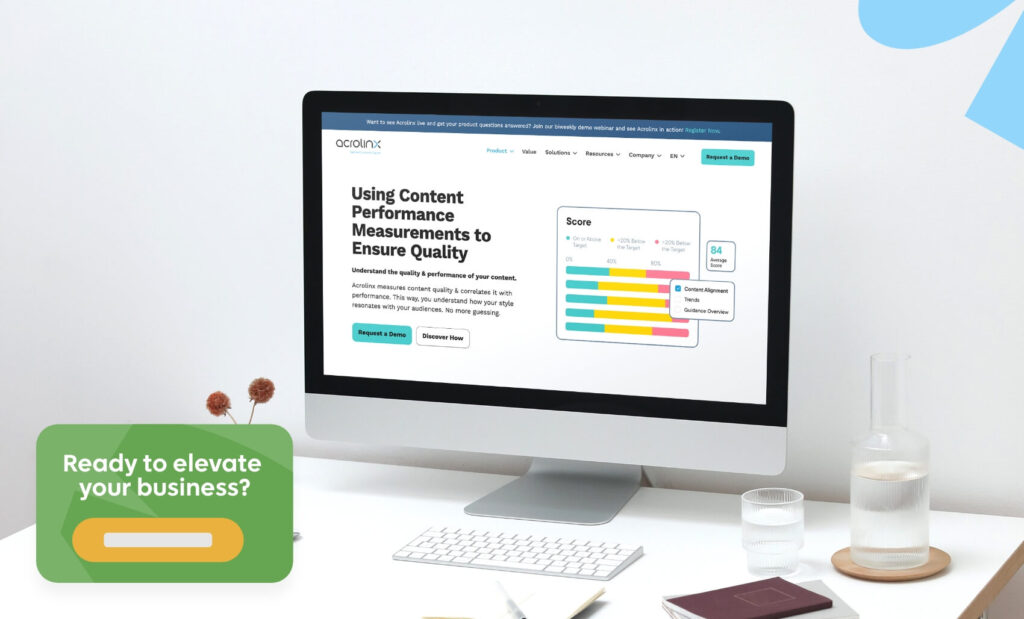
In addition to your call-to-action buttons, you should consider testing your CTA texts. Stronger and more targeted language can engage users and increase the number of visitors who take the desired action.
For example, if you end a page with a link to another page full of related information, you might want to consider testing the link color, using a slightly different font, creating a longer link, or changing your wording.
If you have an important call to action, you might want to test it in a pop-up instead of on your page. Pop-ups are highly effective as long as you know when to trigger them so you won’t end up pushing your visitors away.
3. Forms

If your site collects leads with a contact form, that one form does much of the heavy lifting. Consider testing its length, number of fields, and the form’s appearance to see if it makes a difference.
Remember to keep your forms simple, as asking for too much information may drive away potential leads. You may want to reduce the number of fields to a minimum or add clear labels to show which is optional or required.
Besides contact forms, any form on your site can also be tested. For example, if you run a SaaS business, you can test a one-page checkout vs. a multi-page one to find out what your customers prefer. You can also test multiple labels on your forms, pre-filling fields, and others.
4. Locations
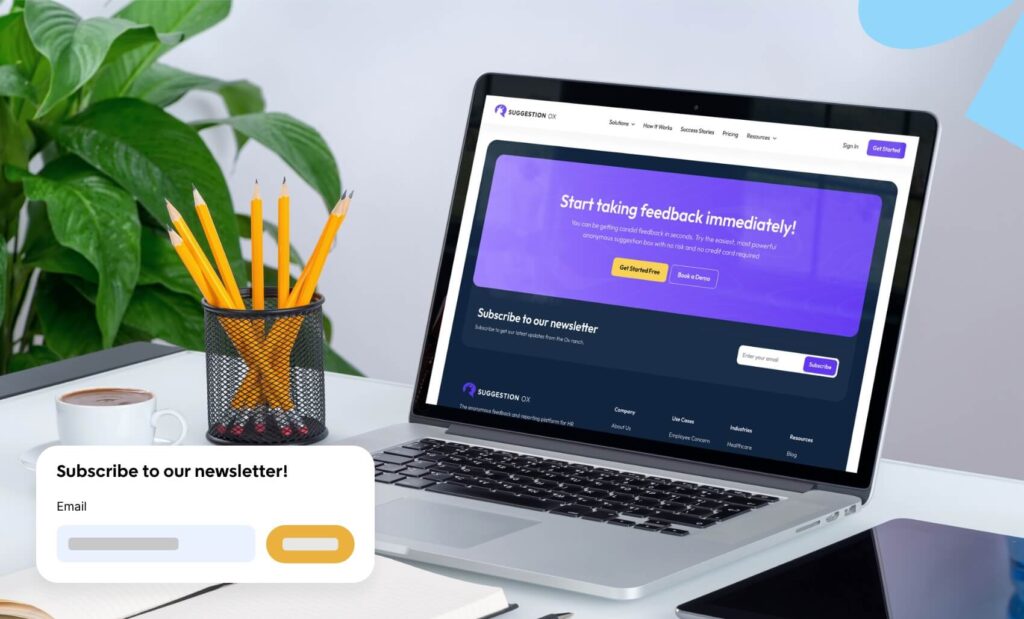
Earlier, we mentioned the example of a product copy placed on the side of a page instead of below an image. This is an example of a location-based test. A button on your page may perform better when placed in a different position, or a link would get more clicks in another location.
You can also test the locations of other elements, such as sign-up forms for your email list or anything else that will drive more conversions. An email CTA won’t likely have an effect at the top of your website but may convert extremely well at the bottom, where your audience arrives after reading your website’s content.
5. Visual elements

Anything you can change, you can test. The visual aspects of your website that you should test include fonts, colors, spacing, layout, special effects, and many more. An easy test is to change your site’s background color. If you’re using a light background color, try testing a darker one to see if visitors like the B version better and is worth browsing for longer.
Now that you know the most important elements worth testing, let’s look at how to actually test them.
How do you run a test?
The A/B testing process will differ based on your chosen software. However, there are specific steps you should follow regardless of your chosen platform, as outlined below:
Step 1: Decide on what to test
Narrow down your focus as much as possible for your test. Although it’s possible to test multiple elements at once, this will prevent you from pinpointing the exact change that contributed to a fluctuation in conversions.
For example, if you think your “Buy Now” button isn’t converting well, you can test the current version against another with a different copy, and try out other CTAs such as “Purchase Today” or “Grab it Now.” Therefore, your test is about the button’s copy. Avoid making the test more complicated by changing your button color or location; even if the new version works, you won’t know why.
Step 2: Pick the variation
What do you want to change? In the above example, it’s the color of a button. If you have a purple button but want to try how a blue one performs, the blue button will be your variation.
If you’re only testing minor elements, such as the button color, you can always add an extra variation (or even more). For example, you can test your current button color against blue and red to see if either color makes a big difference in conversions.
Step 3: Begin your test
Use your preferred tool to conduct the test. Double-check to see if it works in different browsers to ensure it runs well and if visitors can see it before you leave it alone.
Step 4: Wait for results
Waiting can be the hardest part of any A/B test. Everyone wants fast and instant answers to the tests, but you’ll likely have to wait up to two weeks for the data to be collected.
The results can come faster if you have a large number of site visitors, especially if your test version starts outperforming right from the start. However, it’s still best to give the test time to “level out” in case other factors are at play.
Step 5: Look for important statistics
When preparing to end your A/B test, find results that contain some statistical significance or the results that matter. If your A-page version converted at 2.15% while the B version converted at 2.17%, this is likely insignificant as the 0.02% may only represent a few cents of revenue or one single lead among thousands.
On the other hand, if the A version converted at 2.15% while the B converted at 4.15%, this likely shows significance. Depending on the number of traffic and leads, the 2% difference may represent hundreds of dollars or more in the long run.
Conclusion
A/B testing is a process resource for online business owners who want to make big decisions for their business. With a bit of knowledge and diligence, you can minimize the risk that most startup companies face.
If you dig into all the information we’ve given above, you’ll be ahead of most people running the tests. Just remember to experiment with the elements most likely to lift the metrics you care about. A great starting point includes CTAs, email subject lines, and headlines. If you believe in the power of A/B testing for your business’s continued revenue growth, you’re in a fantastic place to be. So start testing!

